Teachers – Designers and Architects of Meaningful Student Learning Experiences
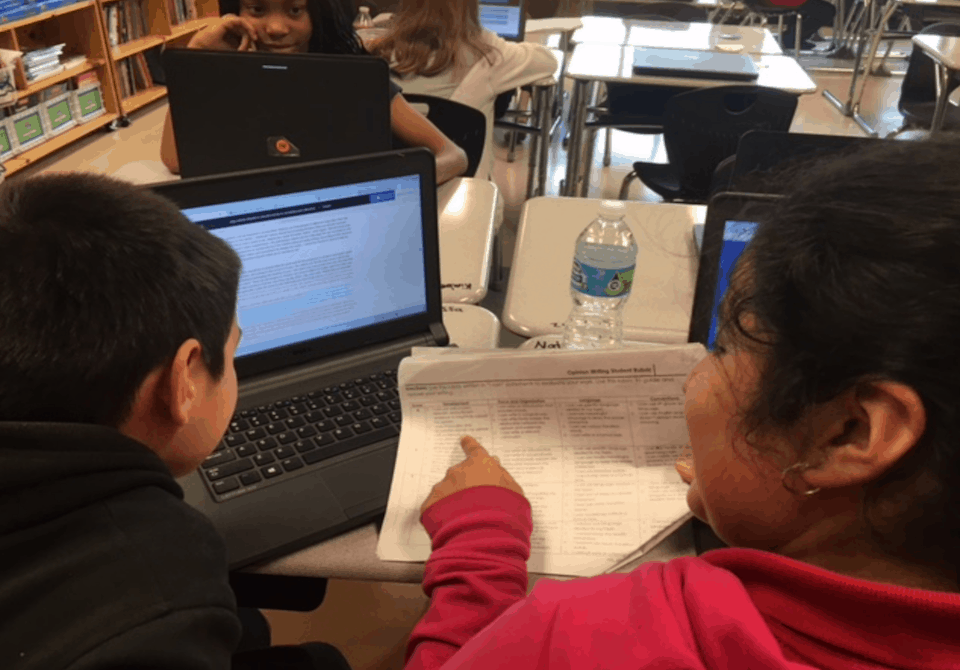
By Rhonda Hill
Smith Springs Elementary School students in Metro Nashville Public Schools use a product rubric to provide critique to peers to inform and revise their work (as pictured in right feature image).
McKissack Middle Prep students in Metro Nashville Public Schools collaborate with a city planner to answer the question, “How can we use coding to develop a geographical information system to create an emergency escape plan for our community?”
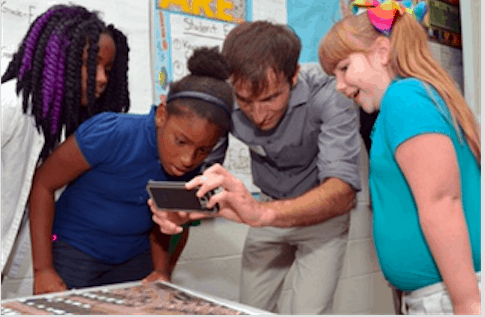
Loudoun County Public Schools’ students plan, design and create a garden and use the vegetables to help the food insecure in their area.
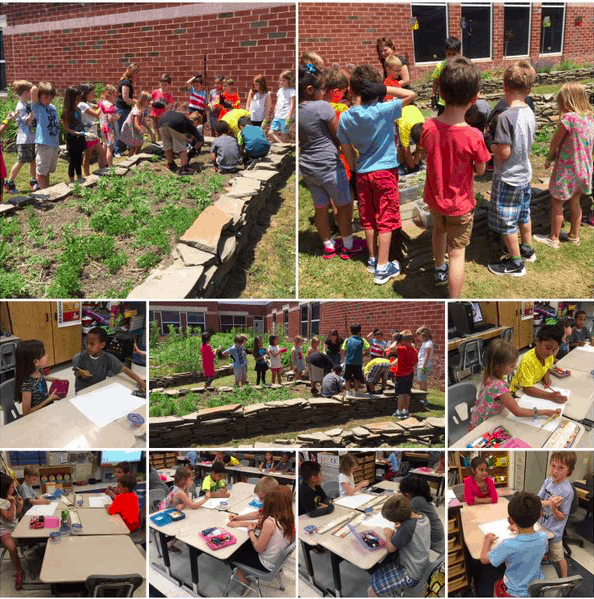
Students want to do real work. Work that has meaning to them, their communities and the world. They want to know that the work they do matters.
Teachers are designers of student learning experiences.
Teachers know “what” they have to teach but the real magic happens when they consider the “how” and the “why” of the work they do with their students. Ask any teacher what their ideal graduate looks like, what competencies s/he has that would make that teacher feel proud to say that they were a part of that child’s education and they say things like critical thinker, collaborator, effective communicator, risk taker. They don’t however say things like “knows the reasons of the War of 1812.” When a teacher is tasked with not only teaching the students the content standards, the “what” they have to teach, they really have to consider the how and this is where project-based learning (PBL) comes into play. PBL asks students to engage in real work. Solve real problems. Explore community issues through the lens of being change agents. It is a pedagogy that is agnostic to content area, subject matter or standards. It is a framework for designing student learning experiences that challenges students to engage deeply with content in order to understand a problem and offer solutions through the development of authentic work.
Teachers are architects of their classrooms.
They work to create the conditions necessary for students to thrive in their classroom environment and meet the challenges of the learning experiences they’ve defined to drive student learning and sustain inquiry. They have to create a classroom culture where students feel safe to take risks and know that their work matters. That the talents and curiosities that they bring to their schooling will be celebrated in a meaningful way and that their work is contributing to something bigger than just a test.
Combine these two ideas, teacher as designer and teacher as architect, and you realize quickly that the ways in which we have to support teachers’ professional journeys is quite different than what it’s been or perhaps, what it is. The question for administrators then becomes, what is it that teachers need to know, understand and be able to do to provide these types of learning experiences for students? Experiences like those in Loudon County and Nashville where students are doing real work that they know is meaningful? How can we create professional learning that supports teachers in understanding how to create and implement experiences for students that lead them to being “ideal grads” (see image of an ideal grad chart draft below).
No small undertaking, right?
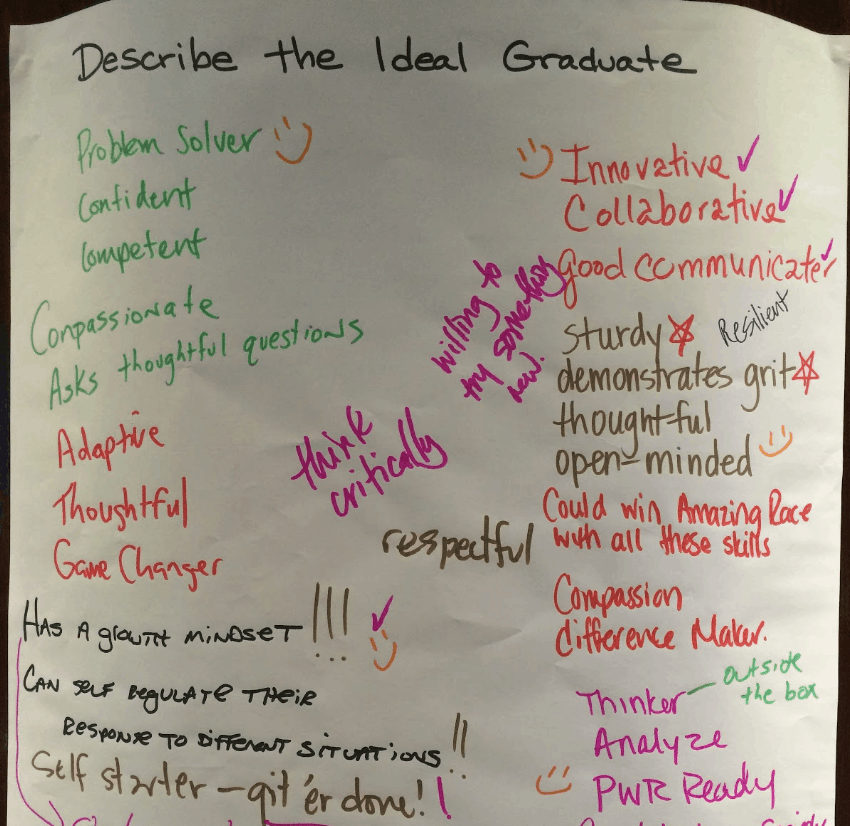
Suggestions for Implementing a Project-Based Framework
PBL is a framework for how to design meaningful student learning experiences and a mindset; a set of core beliefs about what our kids can do, what they deserve, and the role of the teacher in providing these experiences for kids. For leaders scratching their heads and wondering what their first steps are, I’ve outlined a few suggestions that will hopefully get your gears spinning about how to bring this project-based framework to your staff and students.
- First, be a learner! Become familiar with what PBL is and what you’re really asking your teachers to do in this shift to a more project based approach to teaching. Model that you are also learning right alongside your staff.
- Engage your teachers in developing your school’s “Ideal Grad”. Lead your teachers through the process of identifying the competencies and characteristics that they would want for their students and/or their own children.
- Facilitate conversations with staff about core values. In these conversations, have staff identify their core values for instruction and debrief that list of values using the Ideal Grad as an anchor chart or metric for whether or not believing those things about instruction will result in the Ideal Grad.
- Engage your teachers in a mini-project. Use an in-service day to have your teachers be learners through the context of a challenging problem or question. Put them into teams where they have to collaborate to create a product that they present to their peers. Then debrief this experience with teachers. What did that feel like? How closely did the project experience measure up to what was defined as the core values for instruction? How often are teachers providing these kinds of opportunities for students in their classrooms?
- Train your teachers in PBL. Work with an organization such as the Buck Institute for Education to provide teachers PBL PD (for more information, check out service offerings at bie.org). Then, follow that PD up with support that helps teachers translate their professional learning into practice. For ideas on how, check out John Larmer’s Blog “Making the Most of PBL Professional Development”, or a piece I authored, “How Districts Help Teachers See Stepping Stones to PBL”
- Analyze your daily and professional development schedules. Do you provide time for teachers to collaborate? Can you safely say that the PD offered throughout the school year will push teacher practice in designing and delivering instruction that is aligned to the core values and will cultivate an environment where your Ideal Grad will thrive?
- Model a PBL mindset. Be open to feedback about the structures that promote (or inhibit) teachers from doing PBL well. Lead staff development with a driving question. Elicit from your teachers what it is they “need to know” in order to answer it. Use those questions to guide the way you cull and share resources and allocate staff time. Offer teachers voice and choice in their PD. Lastly, but definitely one of the most important things to do throughout this process, celebrate success and risk-taking!
Rhonda is an experienced educator and PBL facilitator. She currently is a Systematic Partnership Coach at the Buck Institute for Education. You can follow Rhonda @rhondabie.
This blog is part of “It’s a Project-Based World” series. To learn more about this series and to learn ways that you can contribute, click the icon below to go to the Project-Based World page. 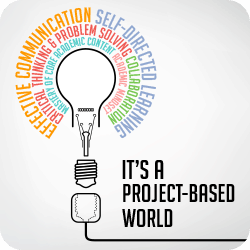 Join in the conversation at #projectbased. |
For more, see:
- Preparing Teachers for Project-Based Learning
- Teaching is a Project-Based Profession: 10 PBL Teacher Mindsets
- It’s a Project-Based World. Let’s Prepare Students for It






0 Comments
Leave a Comment
Your email address will not be published. All fields are required.